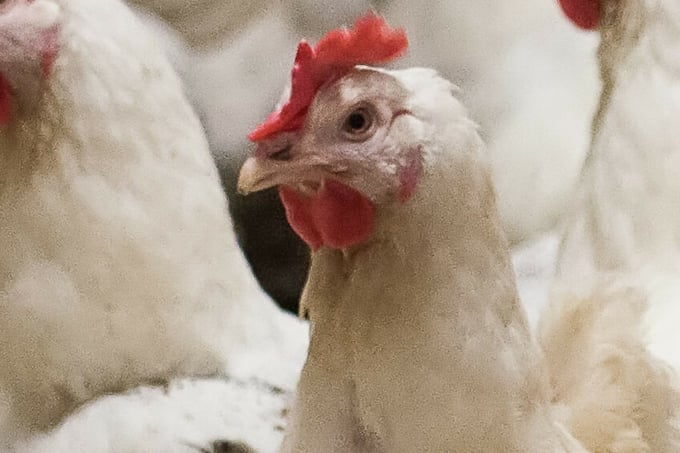May 30, 2025 | 11:38 GMT +7
May 30, 2025 | 11:38 GMT +7
Hotline: 0913.378.918
May 30, 2025 | 11:38 GMT +7
Hotline: 0913.378.918

The insight gathered from a survey will highlight the benefits and challenges of managing whiter laying breeds. Photo: Ronald Hissink.
The survey aims to explore the perceptions and experiences of pullet rearers and egg producers in rearing and managing white laying flocks.
Recent reports from poultry veterinary specialists Crowshall Veterinary Services suggest that commercial white egg laying birds are efficient, docile and capable of laying up to 500 eggs in 100 weeks. They have demonstrated very good production persistency and shell quality in extended production cycles and the ability to thrive in alternative housing systems.
Easily managed breed for today’s animal welfare standards
Vets Philip Hammond and Katerina Theakou said: “Their temperament and docile behaviour make them an easily managed breed for today’s animal welfare standards. By way of an example on strain of white egg laying bird participated in the 16th random sample test of layer hybrids cage-free housing systems in Germany and showed the best ranking on all 4 welfare parameters with better feather coverage, lower prevalence of toe conditions and lesions and less keel bone damage, while also having the lowest cumulative mortality levels.”
They continued: “Their liveability is approximately 94% at 80 weeks and 93% at 100 weeks. Producers who have experience with other breeds or keep various breeds on their farms have reported that white egg laying hens appear to show better disease resistance and are described as a more robust bird.”
The vets added that when it comes to grading of white eggs, they cannot go pale in the event of “sunshine syndrome” seen in brown laying hens, while they are also less susceptible to shell quality and appearance changes due to diseases such as worm infection, MS, ORT, IBV and TRT.
Enhance our understanding of management
The insight gathered will highlight the benefits and challenges of managing these flocks and contribute to a broader review of whiter laying breeds. The study seeks to enhance understanding of their management within the UK to improve bird welfare and management of the growing sector.
The Laying Hen Welfare Forum said the results will contribute to a larger systematic review of scientific literature and a summary of the findings would be shared with participants, who would remain anonymous.
It added that participation would contribute to:
· Advancing wider industry knowledge
· Understanding of the management of white layers
· Improvements for their own business and others
The Layng Hen Welfare Forum brings together expertise from industry, farmers, vets, animal welfare organisations and government to explore how the industry can improve flock management and reduce injurious pecking among laying hens.
(PW)
/2025/05/25/4127-3-073637_820.jpg)
(VAN) Thanks to the promotion from an FAO-implemented project, vegetable production in greenhouses in Moc Chau has seen strong development, from 1.5 hectares in 2021 to nearly 50 hectares in 2024.

(VAN) FAO has recently supported USD 140,000 to implement the project 'Risk mitigation human-animal interface risks through disease control initiatives in pig farming.'

(VAN) The People's Committee of Tra Vinh province has approved an adjustment to the investment policy for the Green Hydrogen Plant project, increasing its area to approximately 52.76 hectares.
![Reducing emissions from rice fields: [2] Farmers’ commitment to the soil](https://t.ex-cdn.com/nongnghiepmoitruong.vn/608w/files/news/2025/05/05/dsc08881jpg-nongnghiep-140632.jpg)
(VAN) Clean rice cultivation model in Thuong Tan commune, Bac Tan Uyen district, is assisting local residents in achieving sustainable agriculture by substantially reducing costs, increasing productivity, and protecting the environment.

(VAN) At the conference to disseminate Resolution No. 68, AgriS introduced its digital agricultural ecosystem and reaffirmed its commitment to accompanying the Government in promoting private sector development and sustainable agriculture.

(VAN) 'Blue Ocean - Blue Foods' initiative is designed to restore marine ecosystems and establish sustainable livelihoods for local communities by cultivating a minimum of 1,000 hectares of cottonii seaweed in the first three years.
/2025/05/21/4642-3-112707_603.jpg)
(VAN) The V-SCOPE project has made direct contributions to three out of six pillars of the Comprehensive Strategic Partnership between Vietnam and Australia.